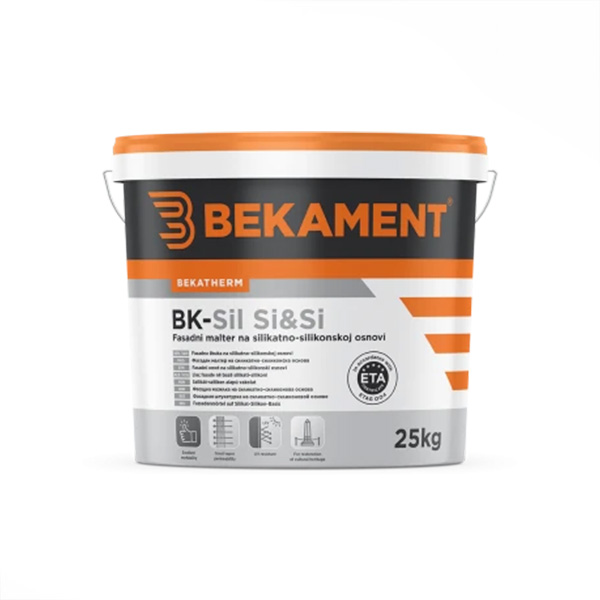End Profile
End Profile for the Facade – Elegance and Protection from Elemental Influences
The facade molding is a subtle but essential element that contributes not only to the aesthetics of your home, but also to the longevity of the facade materials. This texture not only adds the final touch to the facade but also provides effective protection against precipitation and other elemental influences.
Order product
Fill out the product order form. Our team will contact you as soon as possible.
End profile is a key element in the production of facade systems, placed along the lower part of the outer wall in order to efficiently drain rainwater and prevent moisture penetration into the walls. This skirting board, often made of waterproof materials such as aluminum, PVC or stainless steel, has the function of directing water away from the facade, thus reducing the risk of damage to the walls due to moisture.
Facade eaves can have different profiles and shapes, adapting to the aesthetics of the building and at the same time performing an important role in preserving the structure of buildings. Its functionality is crucial, because it prevents capillary absorption of moisture into the walls, thus maintaining a dry and protected space inside the building. In addition, facade eaves often contribute to the visual impression of the facade, adding an aesthetic element and finishing detail.
End profile is a key element in the production of facade systems, placed along the lower part of the outer wall in order to efficiently drain rainwater and prevent moisture penetration into the walls. This skirting board, often made of waterproof materials such as aluminum, PVC or stainless steel, has the function of directing water away from the facade, thus reducing the risk of damage to the walls due to moisture.
Facade eaves can have different profiles and shapes, adapting to the aesthetics of the building and at the same time performing an important role in preserving the structure of buildings. Its functionality is crucial, because it prevents capillary absorption of moisture into the walls, thus maintaining a dry and protected space inside the building. In addition, facade eaves often contribute to the visual impression of the facade, adding an aesthetic element and finishing detail.




